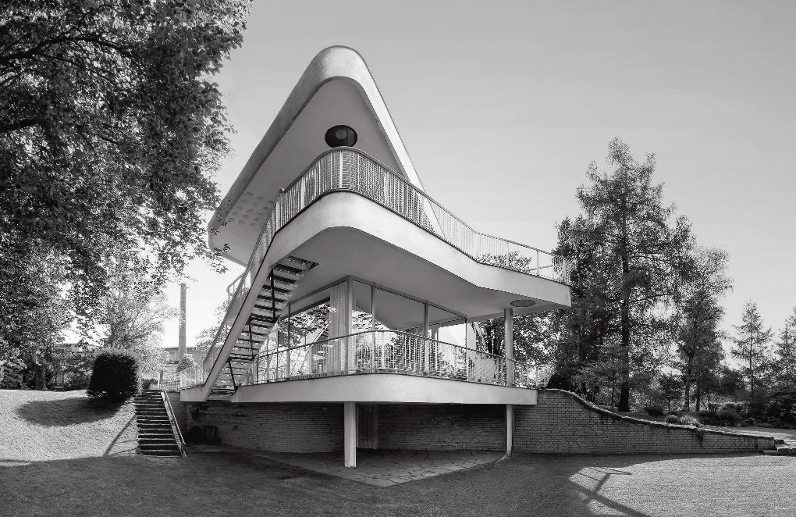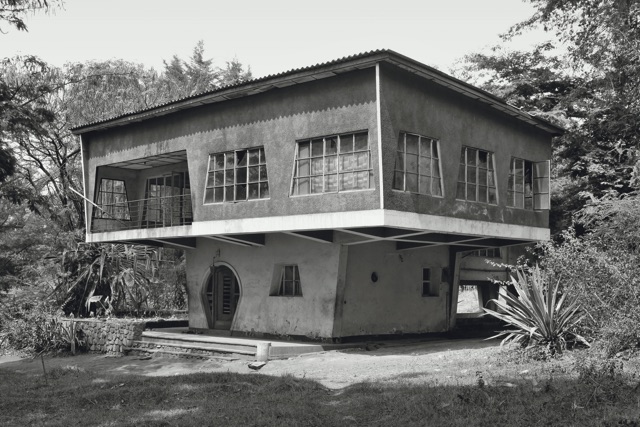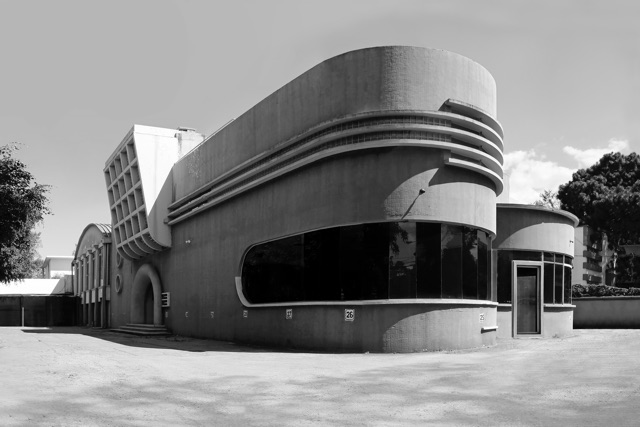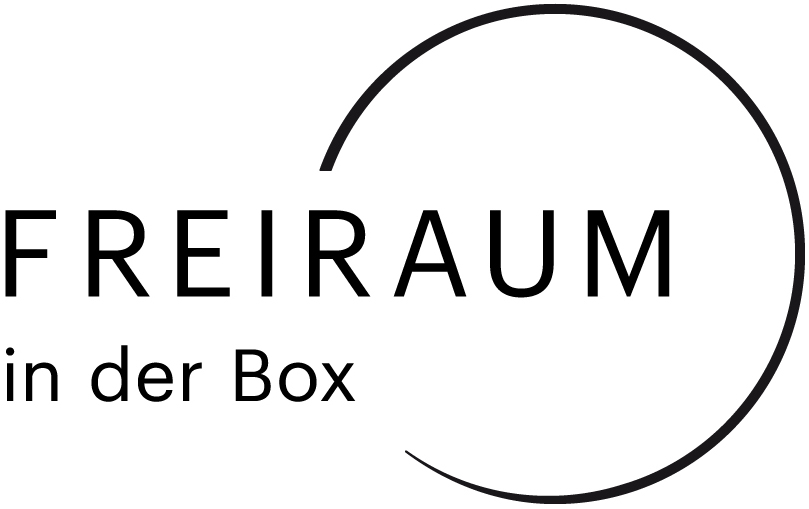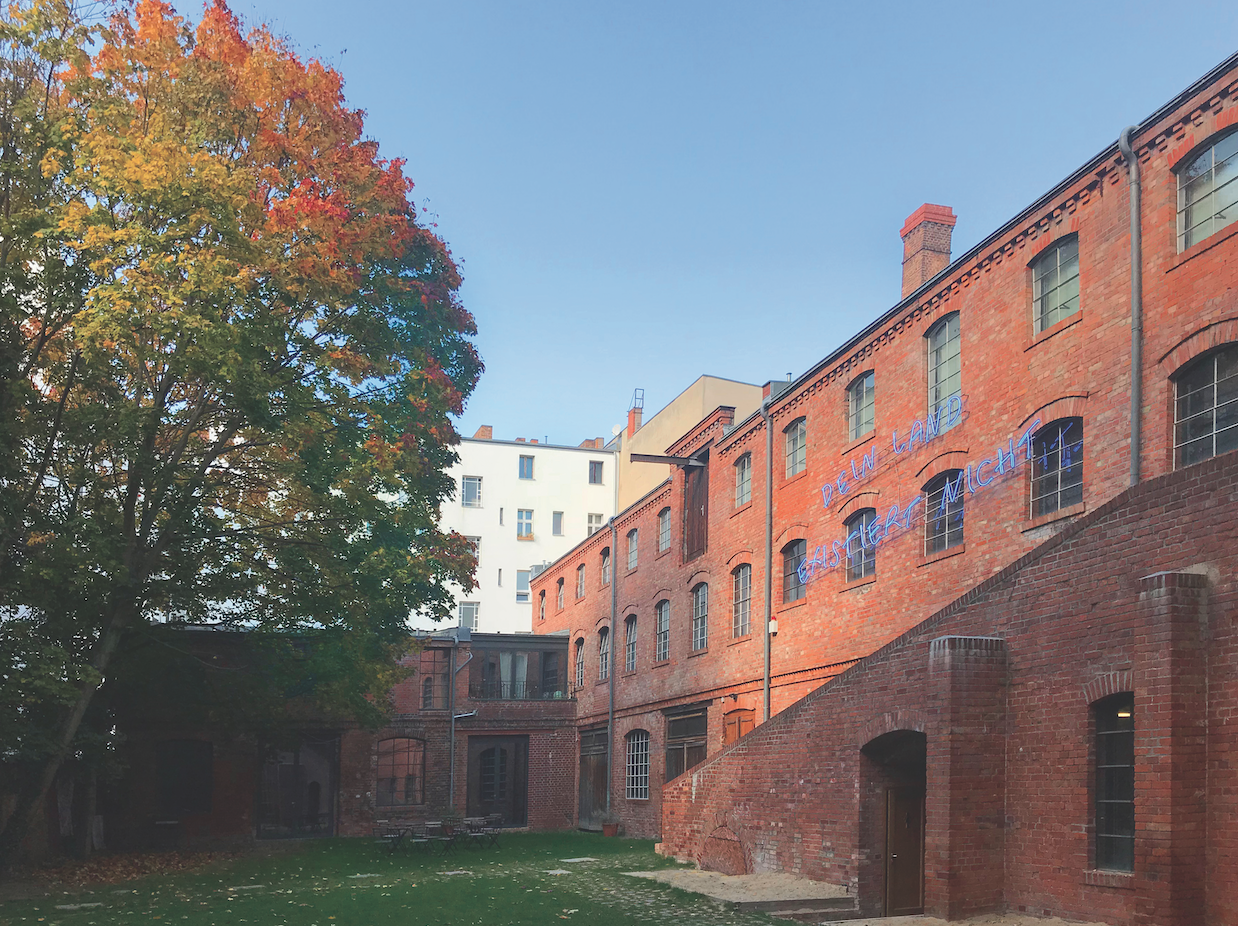Jean Molitor: bau1haus | DIE MODERne in der Welt
Eröffnung und Katalogvorstellung: 19. Juni 2018, 19 Uhr
Ausstellungszeitraum: 20. Juni - 28. Oktober 2018
© Jean Molitor, CAR GARAGE, Guatemala (around 1935), Photographed: 2017
DE
Eröffnung und Katalogpräsentation: 19. Juni 2018, 19 Uhr
Begrüßung: Carolina Mojto, Direktorin BOX Freiraum und Nadine Barth, Editorin für Fotografie Hatje Cantz | Einführung: Dr. Kaija Voss, Architekturhistorikerin
Mit seinen Fotografien von Bauhaus inspirierten Gebäuden nimmt uns Molitor mit auf eine spannende Entdeckungsreise in Länder wie Libanon, Israel, Kuba, Kambodscha, Burundi, Kongo, Guatemala, Uruguay und Argentinien aber auch Europas.
Vor 99 Jahren wurde das Bauhaus in Weimar im Jahr 1919 gegründet und die Gruppe Der Ring 1924. Dort tauschten sich die Bauhäusler Walter Gropius und Ludwig Mies van der Rohe mit Erich Mendelsohn, Hans Scharoun und weiteren fortschrittliche Architekten aus.
Nach den katastrophalen Erfahrungen des Ersten Weltkrieges waren die progressiven Architekten motiviert, das Leben, die Gesellschaft und den Alltag radikal neu zu denken.
Es entstanden innovative Ideen des Zusammenlebens und der Gestaltung. Auch nach der Schließung der Schule in Dessau 1932 und der erzwungenen Auflösung der Gruppe Der Ring 1933 haben sich die Ideen des Neuen Bauen weltweit weiterverbreitet.
Ein Ziel des Fotoprojektes ist es, diese globalen Verbindungen und den weltumspannenden Austausch sichtbar zu machen. bau1haus ist ein offenes Projekt. Das Archiv wächst täglich. Oft sind die Architekten der Häuser nicht mehr auszumachen, häufig sind keine Baudaten vorhanden. Es bleibt spannend, weiter herauszufinden, ob und wie sich die Architekten kennengelernt und gegenseitig inspiriert haben.
»Ich verstehe meine Arbeit als Wettlauf gegen die Zeit«, beschreibt Molitor die Dringlichkeit im Angesicht des Zerfalls. Mit sachlichem Blick, ausgelöst von einer leicht erhöhten Position, hält Molitor, der Fotografie an der Hochschule für Grafik und Buchkunst Leipzig studiert hat, die Gebäude fest. Mess-Bildtechnik nennt er sein Verfahren mit Verweis auf historische Vorbilder. Die Häuser wirken auf den Fotos gleichermaßen strahlend und erhaben, selten sind Menschen zu sehen. Die Architektur steht im Mittelpunkt.
bau1haus will die Gebäude dieser Epoche in ihrer Alltäglichkeit dokumentieren: Tankstellen, Bootshäuser, Krankenhäuser, Kinos, Schulen, Wohnanlagen und Fabrikgebäude. Molitor ist immer auf der Suche nach dem perfekten Bild. »Ich möchte mit bau1haus zeigen, wie wirkmächtig das Bauhaus und ähnliche Strömungen auf der ganzen Welt waren. Mein Ziel ist ein weltweites Fotoarchiv dieser Gebäude«, sagt der Berliner Fotograf und Kosmopolit. Die schon jetzt unendlich scheinende Serie von Architekturfotografien ist nur ein geringer Prozentsatz des riesigen Projektes, das in seiner Qualität und seiner Art auf der Welt seinesgleichen sucht.
Zur Ausstellung erscheint eine umfangreiche Publikation bei Hatje Cantz.
EN
Opening and catalog presentation: 19 June 2018, 7 pm
Opening speach: Carolina Mojto, Director BOX Freiraum and Nadine Barth, Editor for Photography Hatje Cantz | Introduction: Dr. med. Kaija Voss, Architectural Historian
With his photographs of Bauhaus inspired buildings Jean Molitor takes us on an exciting journey of discovery through countries like Lebanon, Israel, Cuba, Cambodia, Burundi, Congo, Guatemala, Uruguay and Argentina as well as Europe.
99 years ago, in 1919, the Bauhaus was founded in Weimar and in 1924 the association Der Ring. Here Bauhäusler like Walter Gropius und Ludwig Mies van der Rohe exchanged their point of views and ideas with Erich Mendelsohn, Hans Scharoun and other modern thinking architects.
After the catastrophic experiences of the First World War the progressive architects were motivated to radically rethink life, society and everyday life coming up with innovative ideas of living and design.
Despite the school closing in Dessau in 1932, and the compelling breakup of the association Der Ring in 1933 the ideas of the Neues Bauen spread throughout the world.
One of the aims of Molitor‘s photographic project is to show global connections and the worldwide exchange that took place. bau1haus is an open project. The archive is growing day by day. Often, the architects of the houses cannot be found and in many cases there’s no information on the building. It remains a suspenseful challenge for the future to find out if and how the architects met and inspired each other.
“I see my work as a race against time”, Molitor says, facing the ruin and expressing the urgency of his project. Molitor, who studied photography at the College of Graphic and Book Arts in Leipzig, documents buildings in a factual manner from a slightly elevated position. Referencing historical examples, he calls his process survey photography. The houses in the photographs seem resplendent and grand in equal measure. People rarely make an appearance; the focus is on the architecture.bau1haus aims to document the buildings of this period as they appear in everyday life, including petrol stations, boathouses, hospitals, cinemas, schools, residences and factory buildings. Molitor is always in search of the perfect image. “With bau1haus, I want to show the impact that Bauhaus and similar movements had all over the world. My goal is to build up a global photographic archive of these buildings”, the Berlin photographer and cosmopolite states. The already seemingly endless series of architectural photographs is just a fraction of this huge project, the only one of its kind and unparalleled in terms of its quality.
A publication by Hatje Cantz will accompany the exhibition.
